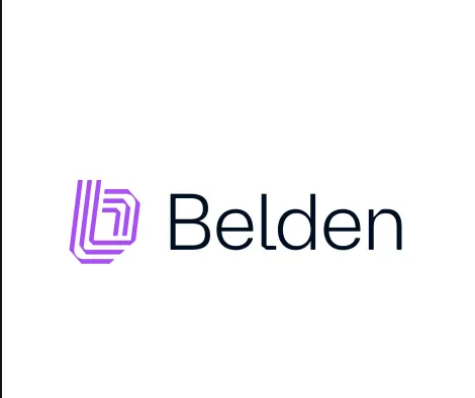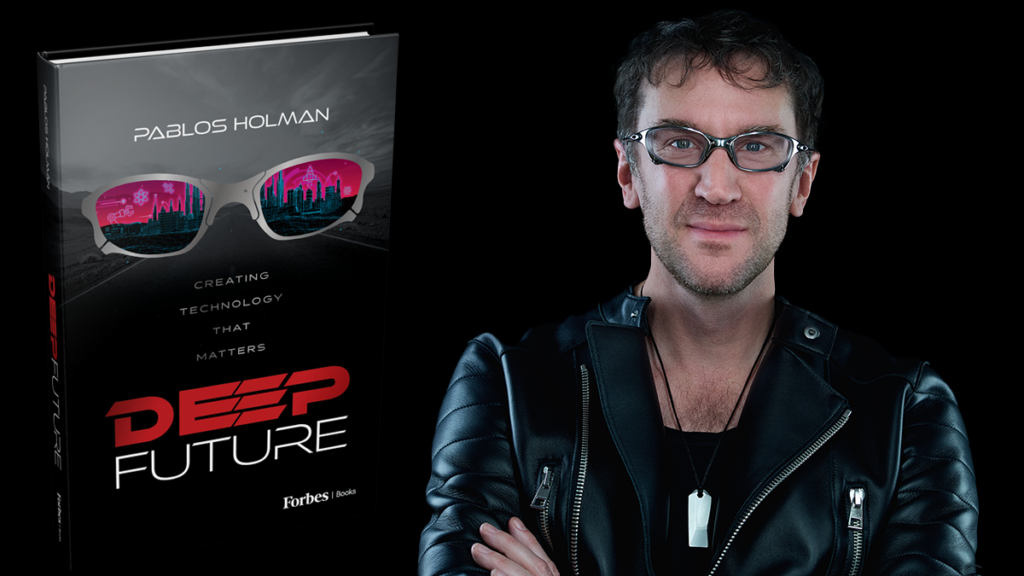Insider Brief
- A new article in Nature Reviews Physics argues that open-source development could help accelerate quantum computing by reducing costs, improving benchmarks, and growing the talent pool.
- The authors say closed systems hinder collaboration, slow benchmarking, and limit access to hardware, preventing meaningful comparison and optimization across platforms.
- Open-source tools could improve interoperability, attract and train new talent, and foster collaboration without eliminating proprietary business models.
A new article in Nature Reviews Physics argues that open-source development in quantum computing could ease growing pains across the industry by lowering R&D costs, improving benchmarking and expanding the available talent pool.
Unlike classical computing, where open-source efforts such as Linux and RISC-V emerged after commercial products gained traction, quantum computing remains largely in its experimental phase. In this context, authors Francesco Bova and Roger Melko propose a different approach: launch open-source infrastructure before the market matures, using it as a tool to shape its development rather than disrupt it.
Right now, the industry’s closed and proprietary nature may be inflating development costs, stalling collaboration, and deepening the skills gap, the paper warns. The authors further argue that the proprietary model, while attractive to investors expecting returns, is slowing overall progress on scalable, fault-tolerant quantum machines.

“This has led to a tendency for firms to be highly proprietary with their technologies, as capital providers expect a substantial future return on their investments,” the authors write.
Bova is a professor at the Rotman School of Management, and Melko is a theoretical physicist at the University of Waterloo and the Perimeter Institute, as well as co-lead of Open Quantum Design, a non-profit open-source foundation committed to fostering a large collaborative effort between academia, industry and government.Their perspective is grounded in both economics and physics.
The article appears to reflect conversations within Canada’s Creative Destruction Lab, a pioneering quantum startup accelerator where they have observed first-hand the limitations of siloed development.
R&D Bottlenecks in a Closed Ecosystem
According to the article, quantum computers are built in technology layers, often referred to as a “stack.” At the base is the hardware: the qubits and the systems that control them. Higher layers include software, compilers, and application-level algorithms. Most companies focus on one or a few layers of this stack and keep their designs proprietary.
This fragmentation, the authors argue, prevents outside developers and startups from meaningfully testing or benchmarking their technologies. Without access to low-level hardware, companies building quantum software cannot validate performance claims or optimize their algorithms across platforms.
The authors suggest that an open-source quantum computer architecture would allow third parties to benchmark their technologies on a common system. That transparency could offer ecosystem-wide benefits because benchmarking has long been a challenge in quantum. Proprietary constraints make it hard to compare apples to apples across competing platforms. Open-source tools, according to the article, could close that gap.
“Such a transparent benchmark may provide public insight into approaches that should and should not be pursued,” the researchers write. “For example, if an open-source project indicates that a certain approach to the bare metal layer generates, say, a quantum volume that is comparatively low, then these results may inform the technology roadmaps of the entire ecosystem.”
Hardware-Agnostic Tools and Collaboration
A second argument centers on interoperability. Many companies develop tools tailored to their own systems, making it difficult to transfer code, methods, or techniques across hardware platforms.
The authors believe that open-source initiatives—particularly ones that include contributions from across the ecosystem—could lead to common, hardware-agnostic standards. They cite the success of open-source projects at the top of the stack, like algorithm compilers, but say the lower layers remain locked down.
“The development of an open-source quantum computer would introduce a player into the ecosystem with non-proprietary technology,” the paper states.
By lowering the risk of intellectual property leaks, open tools could promote broader cooperation between firms that might otherwise see each other as rivals. The article suggests that this cooperation would ultimately accelerate the industry’s march toward scalable and error-corrected quantum computing.
“For example, for the highest layers of the software stack, such as the compilation of quantum algorithms to gate-based circuits, a number of competitive open-source initiatives exist,” the researchers write. “We believe that the whole quantum computing ecosystem would benefit if hardware-agnostic approaches that are usable by all stakeholders can be created, particularly at lower layers of the technology stack.”
Addressing the Quantum Talent Crunch
Beyond technical architecture, the authors take aim at the labor problem in quantum: the shortage of workers with the right mix of physics, programming and systems engineering skills. That shortage has pushed up wages and made it hard for smaller companies and startups to compete for talent.
Closed systems only make this worse, they argue. Non-disclosure agreements limit the free flow of knowledge, and few outsiders get access to state-of-the-art hardware, even for training purposes.
“These economic frictions create a barrier for employees willing to enter the quantum ecosystem, as they cannot train on hardware without access to it, which exacerbates the gap between demand and supply in the labour market,” the researchers write.
Open-source tools could serve as a talent incubator. Developers could learn by contributing to projects, improve their skills on real infrastructure, and build a public record of contributions, something that’s difficult to do inside a closed company. The approach could also attract quantum-adjacent workers, such as software developers with no background in quantum physics, and help them pivot into the field.
This kind of “public portfolio” effect — where open contributions lead to job offers — has been documented in other fields, especially open-source software and web development. The authors believe it could be replicated in quantum.
Rebalancing the Innovation Equation
The article makes clear that open-source and proprietary approaches aren’t inherently at odds. In many industries, they coexist. Linux hasn’t killed Windows; RISC-V hasn’t displaced Intel. But in quantum computing, where the market hasn’t yet stabilized, open-source projects could do more than compete—they could shape how the industry grows.
Better collaboration may be the key to solving a number of challenges facing the scaling of quantum computing technology, according to Bova and Melko, adding specifically to fault tolerance and error correction, which are longstanding hurdles in the field.
The researchers acknowledge that such collaboration won’t happen overnight. Companies will continue to guard their IP. Venture-backed firms will remain incentivized to build walled gardens. But the hope is that the promise of lower costs, better benchmarks, and a more robust workforce could encourage even proprietary players to open at least parts of their stack.
The authors conclude: “With the continuing development of more open-source technologies, particularly at the hardware level of the stack, we believe that a vibrant collaborative ecosystem has only just begun. Better collaboration may be the key to solving a number of challenges facing the scaling of quantum computing technology, such as developing error-corrected fault tolerant digital quantum computers, in the future.”


















